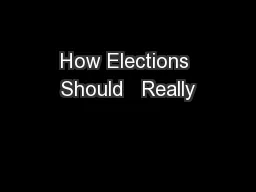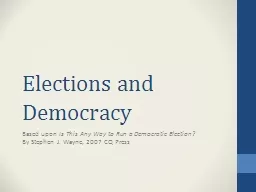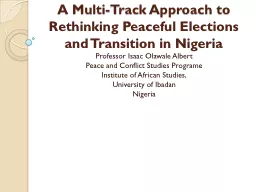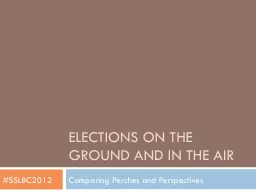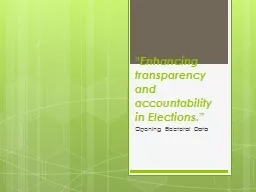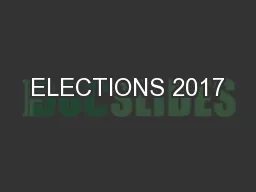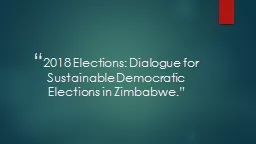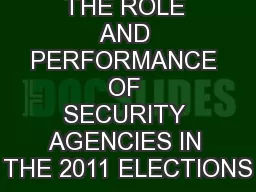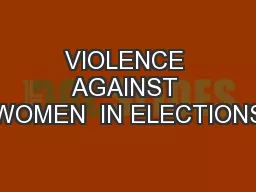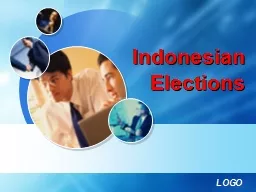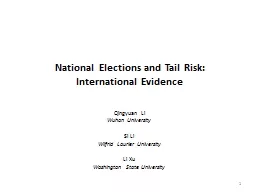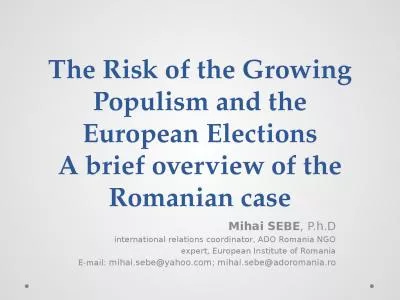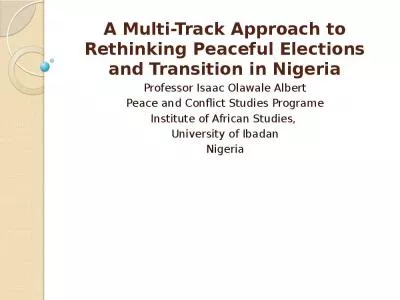PPT-How Elections Should Really
Author : cozync | Published Date : 2020-06-17
Be Run Josh Benaloh Senior Cryptographer Microsoft Research Disclaimer Any opinions presented in this talk are my own and do not necessary represent those of the
Presentation Embed Code
Download Presentation
Download Presentation The PPT/PDF document "How Elections Should Really" is the property of its rightful owner. Permission is granted to download and print the materials on this website for personal, non-commercial use only, and to display it on your personal computer provided you do not modify the materials and that you retain all copyright notices contained in the materials. By downloading content from our website, you accept the terms of this agreement.
How Elections Should Really: Transcript
Download Rules Of Document
"How Elections Should Really"The content belongs to its owner. You may download and print it for personal use, without modification, and keep all copyright notices. By downloading, you agree to these terms.
Related Documents

